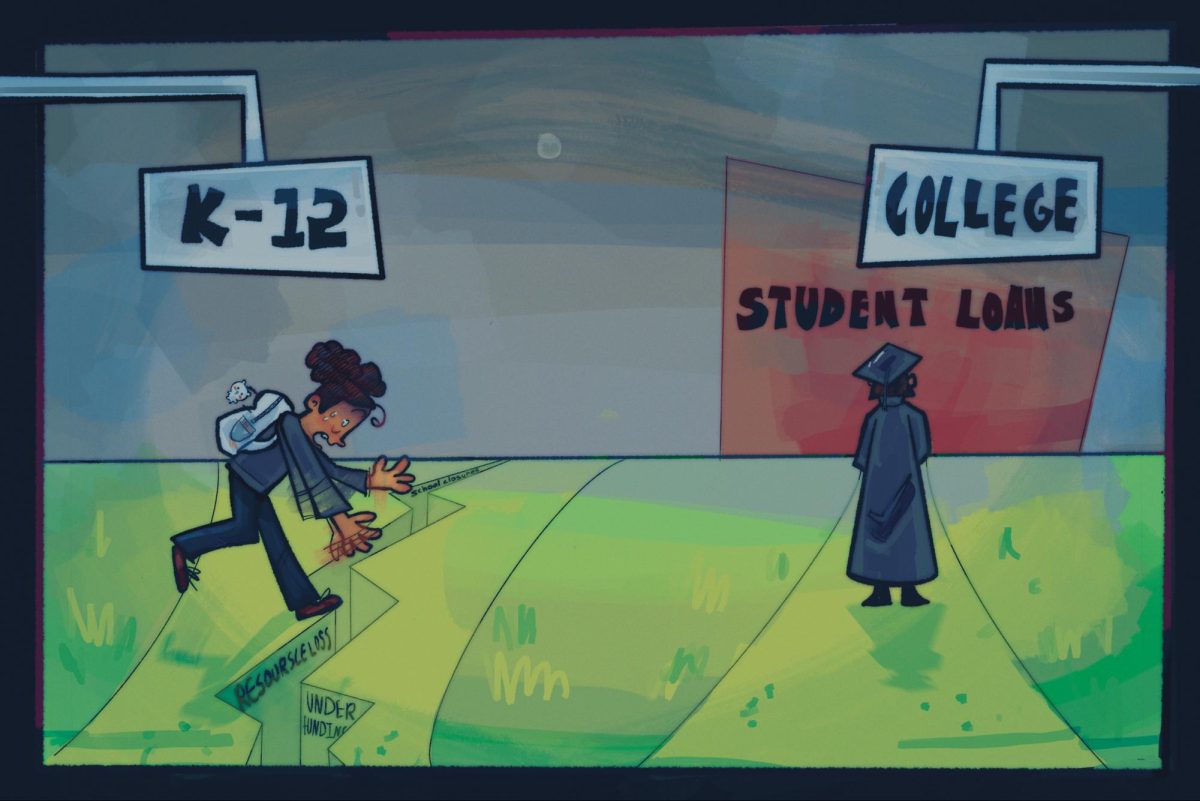Origins of the Easter Egg and Bunny
April 4, 2021
Bunny stuffed animals, decadent chocolates and brightly colored eggs fly off the shelves of every supermarket as people prepare their holiday decorations and Easter egg hunts. We’ve all been told the tale: On Sunday morning, the Easter bunny will bring chocolate eggs to each house. However, these strange traditions and treasure-filled eggs weren’t always synonymous with Easter.
Easter is widely known to be a holiday that celebrates the resurrection of Jesus Christ, one of the core beliefs of Christianity. Its origins date back to the second century in Jewish Christian festivals tied to Passover, but Easter’s true roots may have sprouted from prehistoric pagan festivals that celebrated the beginning of spring and later became associated with Christianity.
Today, Easter eggs are seen as a symbol of Christ’s rebirth, as they are vessels of new life, but their genesis initially had a different purpose. Eggs emerged as an Easter custom during the Middle Ages, when people would decorate hard boiled eggs during the Lent fasting season. People were forbidden to eat during the season, so they would eat the eggs on Easter Sunday as a celebration of the end of fasting.
Unlike the Christian origins of the Easter egg, the Easter bunny was first mentioned as the “Easter hare” in a German book from the 18th century. This book began the folklore that the Easter hare would hide colorful eggs in gardens for children to find, and this folklore was brought to the United States by German immigrants who settled in Pennsylvania. Children made nests for the Easter bunny to leave eggs in, and this eventually evolved into the baskets that are now associated with Easter eggs.
In the 19th century, commercialism popularized these Easter customs, as major companies and industries profited off of Easter. Ultimately, everything from selling sweeter chocolate to printing bunnies on Easter cards created the Easter we know today.
























































